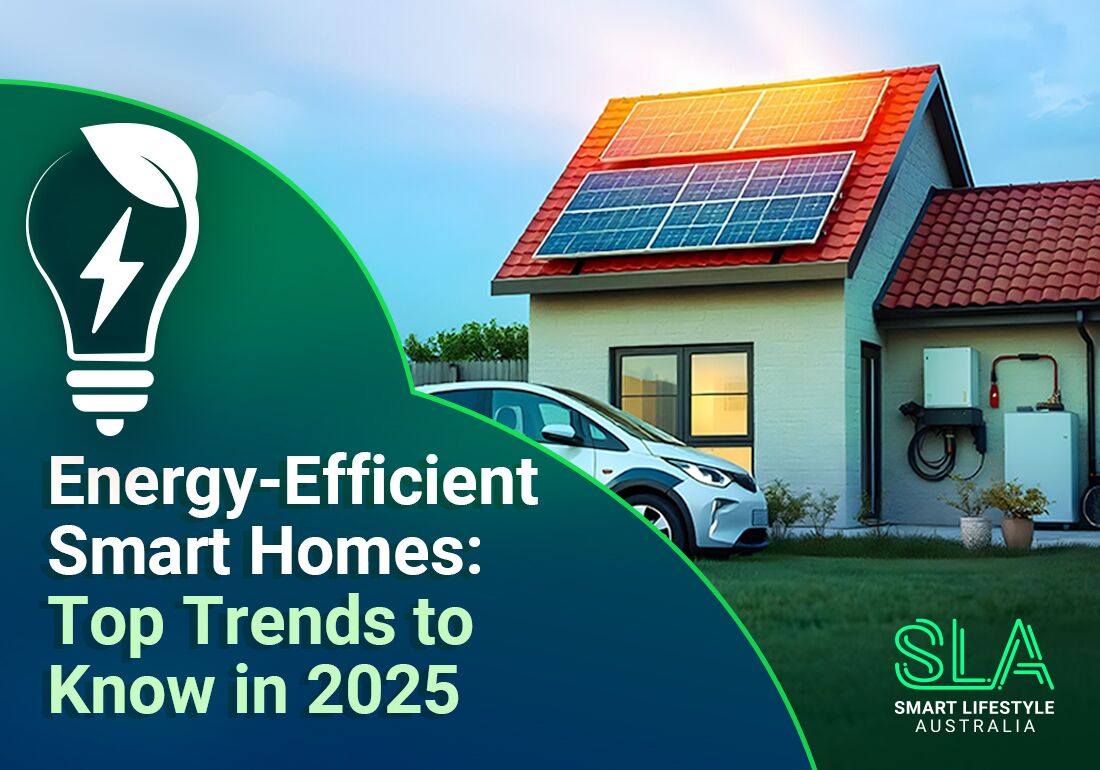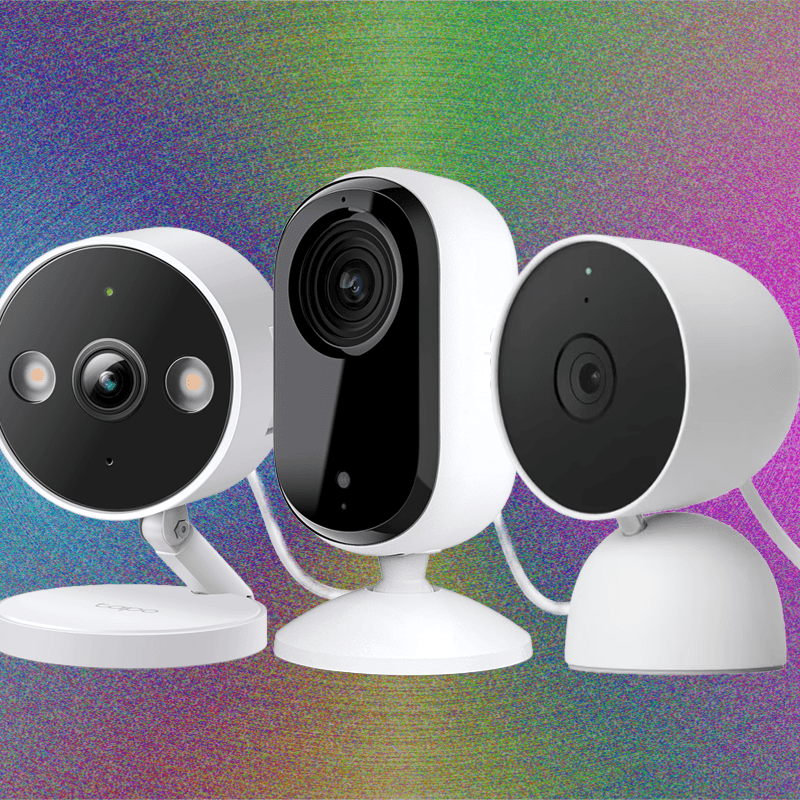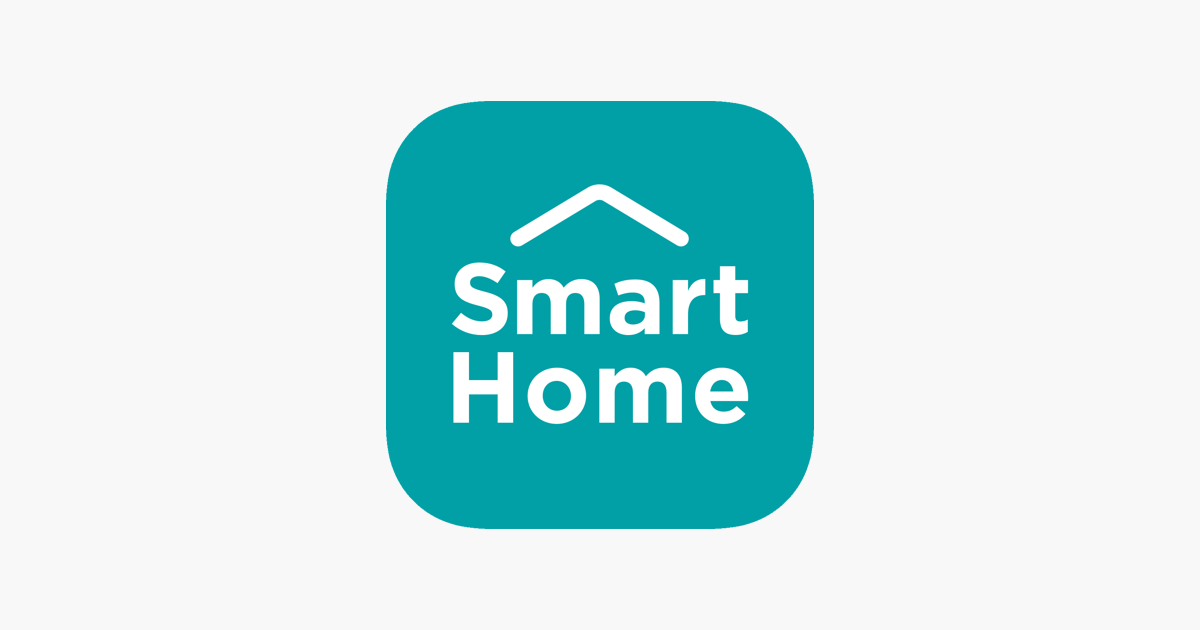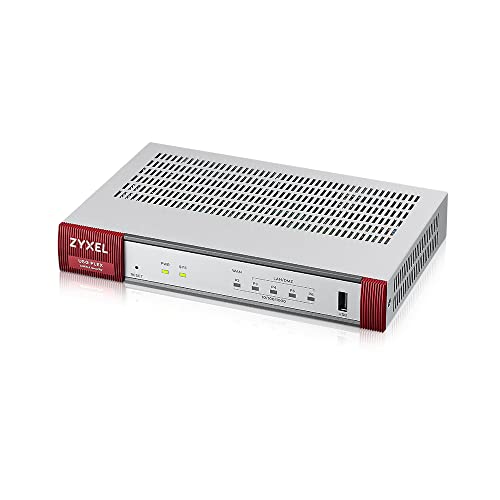Imagine cutting your energy bills while helping the planet at the same time. Sounds good, right?
If you care about the environment and want to make your home smarter, this article is for you. You’ll discover simple, effective smart home energy solutions that fit your lifestyle. These ideas will not only save you money but also reduce your carbon footprint.
Keep reading to find out how easy it can be to turn your home into an eco-friendly powerhouse.
Benefits Of Smart Home Energy Solutions
Smart home energy solutions help users save energy and money. They use technology to control energy use at home.
These systems are great for people who want to live in an eco-friendly way. They make homes more efficient and easier to manage.
Cost Savings
Smart energy devices reduce electricity bills by using energy only when needed. They avoid wasting power on unused appliances.
By adjusting heating, cooling, and lighting, these systems lower monthly costs. They also help spot areas where energy is wasted.
- Turn off lights automatically
- Adjust thermostat based on room use
- Monitor energy use in real time
- Schedule appliances to run at cheaper times
Environmental Impact
Smart solutions reduce carbon footprints by cutting down energy use. Less energy means fewer greenhouse gas emissions.
They promote the use of renewable energy sources like solar panels. Users can track their energy savings and environmental benefits.
- Lower overall electricity consumption
- Support for solar and wind energy
- Reduce reliance on fossil fuels
- Encourage sustainable living habits
Convenience And Control
Smart home energy systems offer easy control from phones or tablets. Users can manage energy use anytime, anywhere.
Automation adjusts settings based on daily routines. This adds comfort while saving energy without extra effort.
- Remote control of heating and cooling
- Automatic lighting adjustments
- Energy use reports and alerts
- Integration with other smart home devices

Credit: callcurran.com.au
Key Technologies In Smart Energy Systems
Smart home energy solutions help users save power and protect the environment. These technologies use smart devices to control energy use efficiently.
Understanding key technologies helps eco-conscious users make better choices for their homes.
Smart Thermostats
Smart thermostats adjust home temperature automatically. They learn your schedule and preferences to save energy.
These devices reduce heating and cooling waste by using sensors and internet connections.
- Set temperature remotely via smartphone
- Save energy with adaptive scheduling
- Detect when no one is home
- Provide reports on energy use
Energy Monitoring Devices
Energy monitoring devices track how much power your home uses. They show real-time data for each appliance.
Users can find energy waste and adjust habits to lower bills and carbon footprints.
- Measure electricity use per device
- Display energy data on apps or screens
- Alert users to unusual consumption
- Help set energy-saving goals
Smart Lighting
Smart lighting controls lights automatically. It adjusts brightness based on time or room use.
This reduces electricity waste and extends bulb life. Users can control lights from anywhere.
- Turn lights on or off remotely
- Set schedules for different rooms
- Use motion sensors to save energy
- Choose energy-efficient LED bulbs
Renewable Energy Integration
Renewable energy integration connects solar panels or wind turbines to your smart system. It uses clean energy to power your home.
Smart systems manage energy storage and use to maximize savings and reduce grid dependence.
- Monitor solar or wind energy production
- Store excess energy in batteries
- Use stored energy during peak hours
- Reduce reliance on fossil fuels
Choosing The Right Smart Devices
Smart home energy solutions help you save electricity and reduce waste. Picking the right devices is key for eco-conscious users.
Smart devices can control lights, thermostats, and appliances. It is important to choose ones that fit your home and needs.
Compatibility And Connectivity
Check if smart devices work with your existing systems. Devices that connect easily make your home smarter and simpler.
Look for devices that support common standards like Wi-Fi, Zigbee, or Z-Wave. These ensure smooth communication between gadgets.
- Verify device compatibility with your smart hub or app
- Choose devices that use secure and stable connections
- Consider if devices can connect directly or need a bridge
User-friendly Features
Devices should be easy to install and control. Simple setups help you start saving energy quickly.
Look for clear interfaces and apps that offer automation. Features like voice control add convenience without extra effort.
- Easy setup with step-by-step guides
- Intuitive apps with clear controls
- Voice assistant support for hands-free use
- Automation options to save energy automatically
Energy Efficiency Ratings
Choose devices with high energy efficiency ratings. These use less power and help lower your bills.
Check labels like ENERGY STAR or similar certifications. These show the device meets strict energy use standards.
| Rating | What It Means |
|---|---|
| ENERGY STAR | Meets high energy efficiency standards |
| Energy Label A+++ | Uses very low power compared to others |
| Energy Label B or lower | Less efficient, uses more power |
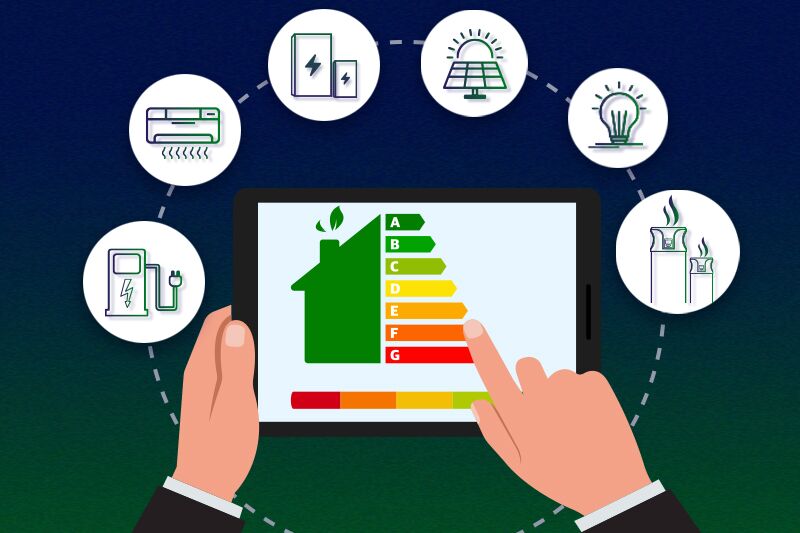
Credit: smartlifestyleaustralia.com.au
Installation And Setup Tips
Smart home energy solutions help save power and reduce bills. Setting them up right is key to good results.
Follow simple tips to install devices safely and make the most of their features.
Professional Vs Diy Installation
Choosing between professional and DIY installation depends on your skills and the system complexity.
Professionals ensure safe wiring and correct setup. DIY saves money but needs careful reading of instructions.
- Professional installation suits complex systems and warranties.
- DIY works for simple devices with clear guides.
- Check local rules for electrical work before choosing DIY.
Optimizing Device Placement
Place devices where they can measure and control energy well. Good placement improves efficiency.
Avoid spots with direct sunlight or heavy dust. Keep sensors away from heat sources and drafts.
- Install smart thermostats on interior walls.
- Place sensors near main appliances.
- Keep smart plugs accessible for easy control.
Setting Energy Goals
Set clear energy goals to track your savings. Goals help you use devices better and stay motivated.
Start with small targets like lowering heating use by 10%. Adjust goals as you learn more about your habits.
- Monitor daily energy use with your system.
- Set monthly savings targets.
- Use app alerts to stay on track.
Maximizing Energy Savings
Smart home energy solutions help reduce power use. They let eco-conscious users save money and protect the planet.
Using smart devices can cut waste and make homes more efficient. These tools give control and clear information.
Automated Scheduling
Automated scheduling turns devices on and off at set times. This avoids running appliances when no one is home.
Smart thermostats and lights adjust based on your daily routine. This saves energy by matching use to need.
- Set heating and cooling only when rooms are used
- Turn lights off automatically during daylight
- Schedule appliances to run at low-cost hours
Real-time Energy Tracking
Real-time tracking shows how much energy each device uses. You can see which items use the most power.
This information helps you spot waste and change habits. It also helps plan upgrades to more efficient devices.
- Monitor daily and weekly energy use
- Identify high-energy appliances instantly
- Set alerts for unusual power spikes
Behavioral Adjustments
Changing daily habits saves energy and lowers bills. Small actions add up to big savings over time.
Smart home tools encourage simple changes like turning off lights or unplugging devices not in use.
- Turn off lights in empty rooms
- Unplug chargers when not needed
- Use natural light during daytime
- Lower thermostat a few degrees at night
Security And Privacy Considerations
Smart home energy solutions help save power and money. They also collect data to work well.
Protecting your information and devices keeps your home safe. Privacy matters for eco-conscious users.
Data Protection
Your smart devices gather data about your energy use. Keep this data safe from others.
Use strong passwords and encrypt data to stop hackers from stealing information.
- Use passwords with letters, numbers, and symbols
- Enable encryption if your device supports it
- Limit data sharing with third parties
Secure Network Practices
Connect smart home devices to a secure Wi-Fi network. This lowers the risk of attacks.
Use a separate network for your smart devices to keep them apart from your main devices.
- Change default router passwords
- Use WPA3 or WPA2 encryption on your Wi-Fi
- Turn off network features you do not use
- Regularly check connected devices on your network
Device Firmware Updates
Firmware updates fix security issues in smart home devices. Install updates as soon as they arrive.
Automatic updates are best for security. If not, check for updates regularly.
- Enable automatic firmware updates
- Check the manufacturer’s website for updates
- Restart devices after updates to apply changes
Future Trends In Smart Home Energy
Smart home energy is changing fast. New tools help save energy and money. These tools also protect the environment.
Technology will make homes smarter and more energy-efficient. Here are some key trends to watch.
Ai And Machine Learning
AI helps smart homes learn your habits. It adjusts energy use to match your daily routine. This saves energy and keeps you comfortable.
Machine learning improves over time. It finds new ways to reduce waste and predict energy needs.
- AI controls heating and cooling efficiently
- Smart devices learn your schedule
- Energy use adapts automatically
Grid Integration
Smart homes will connect better with the power grid. They can share energy when they have extra. They can also use energy when it is cheap.
This helps balance energy supply and demand. It lowers costs and reduces outages.
- Homes send extra energy back to the grid
- Use energy during low-cost times
- Support clean energy sources
Emerging Energy Storage Solutions
New batteries and storage systems store more energy safely. This means homes can use solar power all day and night.
Better storage helps reduce reliance on the grid. It also supports backup power during outages.
- Advanced batteries hold energy longer
- Storage systems fit small spaces
- Power is available during blackouts

Credit: smartlifestyleaustralia.com.au
Frequently Asked Questions
What Are The Best Smart Home Energy Solutions?
The best smart home energy solutions include smart thermostats, energy-efficient lighting, solar panels, and smart plugs. These devices optimize energy use, reduce waste, and save costs. They also allow remote control and real-time monitoring for eco-conscious users aiming to lower their carbon footprint.
How Do Smart Thermostats Save Energy?
Smart thermostats learn your schedule and adjust temperatures automatically. They reduce heating and cooling when you’re away, saving energy. These devices optimize comfort while cutting energy waste, leading to lower utility bills and a greener home.
Can Smart Lighting Reduce Electricity Bills?
Yes, smart lighting uses LED bulbs and motion sensors to minimize electricity use. It allows scheduling and remote control to ensure lights are off when not needed. This reduces energy consumption and lowers electricity bills effectively.
Are Solar Panels Compatible With Smart Home Systems?
Solar panels can integrate seamlessly with smart home systems. They allow monitoring of energy production and usage in real-time. This helps eco-conscious users maximize solar energy benefits and manage home energy efficiently.
Conclusion
Smart home energy solutions are ideal for eco-conscious users. They save energy and reduce costs. Easy to install, these solutions fit any home. With smart technology, monitor energy use from anywhere. This helps lower carbon footprints effectively. Simplify your life and protect the planet.
Smart choices lead to better futures. Embrace technology for sustainable living. It’s a small step with a big impact. Consider upgrading your home today. Every action counts towards a greener world. Let technology guide your eco-friendly journey. Stay committed to sustainable living.
Your home, smarter and greener.
19 min read

